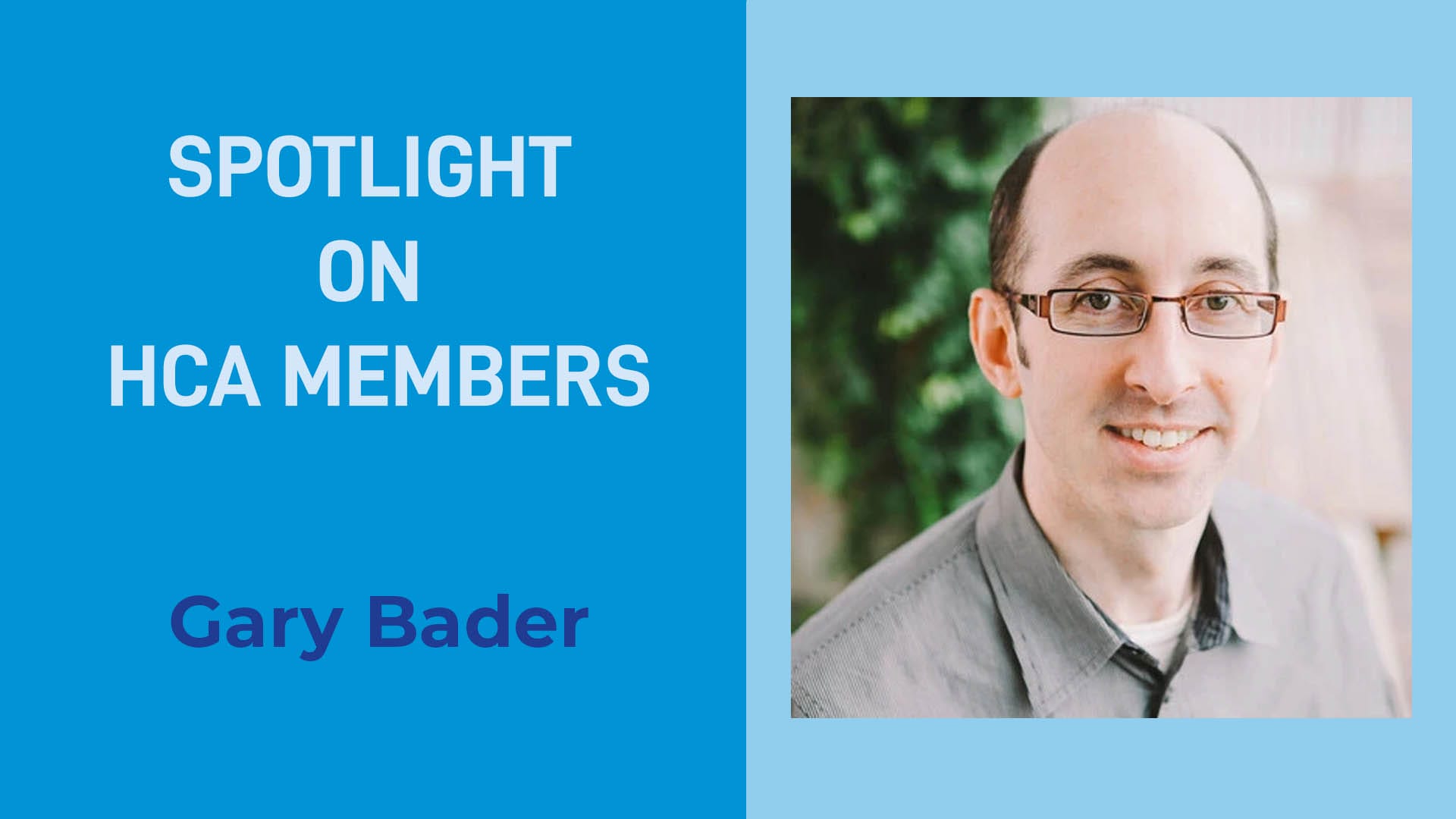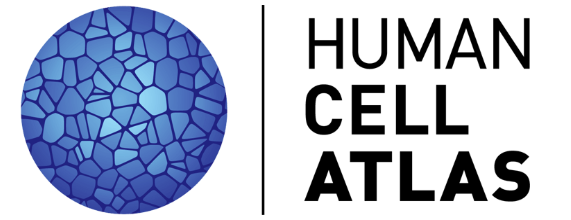Spotlight on HCA Members - Gary Bader

In the second in a series of interviews with HCA members around the world, we hear from Gary Bader who is the host for the 2023 HCA General Meeting in Toronto in July.
Introduction
Gary Bader is a Professor at The Donnelly Centre at the University of Toronto, Canada. He is a member of the HCA Organizing Committee, and a coordinator of the HCA Liver Biological Network.
Following a biochemistry degree at McGill University in Montreal, Gary completed a Ph.D. in computational biology/biochemistry at the University of Toronto. After a postdoc at Memorial Sloan-Kettering Cancer Centre in NYC, he returned to the University of Toronto, where his computational biology lab focuses on systems biology at the cell and tissue levels.
Please tell us about your career. How did you get involved with HCA?
I’m a computational biologist originally interested in the systems biology of the cell - focusing on how cellular proteins interact to form systems like molecular complexes and signalling pathways. With the invention of high-throughput single cell genomics, it became clear that we can extend thinking about systems within a single cell to thinking about cellular ecosystems where many types of cells work together to carry out a function, like wound healing. This changes how we think about biology and means we can study increasing levels of scale - how cells organise into patterns and tissues, and better understand how tissues work at cellular level.
I got involved with HCA due to a major initiative in Toronto called Medicine by Design, which focuses on developing Toronto’s regenerative medicine community, building on a long local history in this area starting with the discovery of stem cells by Till & McCulloch in 1961. Medicine by Design started around the same time as HCA and, thanks to a large Canadian grant supporting this program, has generated a great Toronto single-cell genomics and HCA community.
What are you working on right now? How will this help people?
We’re working on lots of different projects! Our conceptual focus is thinking how cellular ecosystems function and where they come from. We’d like to develop a cellular ecosystems theory that describes how cells work together in systems to carry out specific functions - e.g. wound healing - and how these systems are generated from stem and stem-like cells.
Our biggest focus is mapping the human liver with Toronto colleagues Sonya MacParland, Ian McGilvray, Mei Zhen and others. The HCA Liver Atlas project involves many groups studying a range of important liver diseases, including cancer, immune diseases, Non Alcoholic Fatty Liver Disease (NAFLD) and hepatitis. Factors such as changes in human diets over time are causing an increase in some liver diseases, especially NAFLD, which is estimated to affect 1.7 billion people worldwide. The HCA Liver Atlas work supports understanding and improving the outcome of these liver diseases.
We are also working on glioblastoma, a serious adult brain cancer. It had been thought that mutated stem cells generated the tumour. With collaborators, including Peter Dirks, Trevor Pugh and Stephane Angers, we recently showed using single cell technologies that glioblastoma stem cells express developmental and inflammatory response pathways. This suggests these cells are focused on injury response, not just tissue development, so offers a different way of thinking about the biology of the tumour. We are now focusing on characterising the system, which could help identify potential new therapies.
The 2023 HCA General Meeting will be held in Toronto, what are you looking forward to in this meeting?
We are delighted to be hosting the next HCA General Meeting in Toronto in 10-12 July, which will be a wonderful way of bringing the HCA community together to continue building the Atlas. The meeting has two main goals: how will we finish Human Cell Atlas version 1.0, and more importantly, what are the next major steps to build Human Cell Atlas versions 2, 3 and onwards, eventually working towards a complete, multi-scale map and model of the human body. Machine learning will be an important meeting focus, as this technology will be needed to analyze the data on 100s of millions of cells being collected by the community.
The HCA is one of the most exciting scientific projects I’ve experienced, because of the new cellular worlds it is uncovering. Imagine how early scientists felt looking through the microscope for the first time, seeing an entire world of never-before-seen creatures. Single cell genomics is like the invention of the microscope in how it enables us to see biological systems in new ways.
What is the best thing about being part of the HCA Community?
The scientific energy levels of everyone involved in the HCA community, and the open sharing of information, has really accelerated the pace of everyone’s research.
Every scientist who works with or is interested in single cell genomics data contributes to the worldwide Human Cell Atlas community, and can become part of it. It is a very open community. If you add your name to the HCA registry, you will learn about many opportunities to participate in the open scientific dialogue the HCA is supporting. You can join a working group or just learn information that can be extremely valuable for helping your own research.
Openness and diversity is at the heart of HCA, how is this important to you?
Diversity is important for at least two reasons. We benefit from learning more about the variation in our world, which is required to effectively model any process we’re interested in. More importantly, from a human perspective, we need to drive a culture change in science that emphasises diversity to make science more fair for the world.
What are the challenges for computational methods in the HCA community? How are you helping to solve them?
The biggest challenge for computational methods is to make sure that the methods remain biologically relevant and answer important biological questions. This requires extensive community dialogue. It is a cycle as computational methods help understand biology, and that informs the computational methods. It is very important to maintain the communication, and we’re involved in many collaborations across the biological research community, to fuel the dialogue.
Can you tell us your favourite HCA discovery so far?
The lung map discovery of the lung ionocyte that expresses the Cystic Fibrosis (CFTR) protein shows an entirely new dimension in understanding disease genes that have been discovered genetically. By using cellular transcriptomics to understand which cell type a disease gene is expressed in, it immediately implicates that cell type in the disease, impacting disease understanding in a very quick way.
What do you hope HCA will achieve in the next 5-10 years?
I hope that the HCA will achieve improved biological understanding and medical breakthroughs. More specifically, I hope we develop a new way of thinking about how the human body works, that connects genetics, cellular biology, physiology and medicine.
Photo Credit: The Donnelly Centre, University of Toronto
